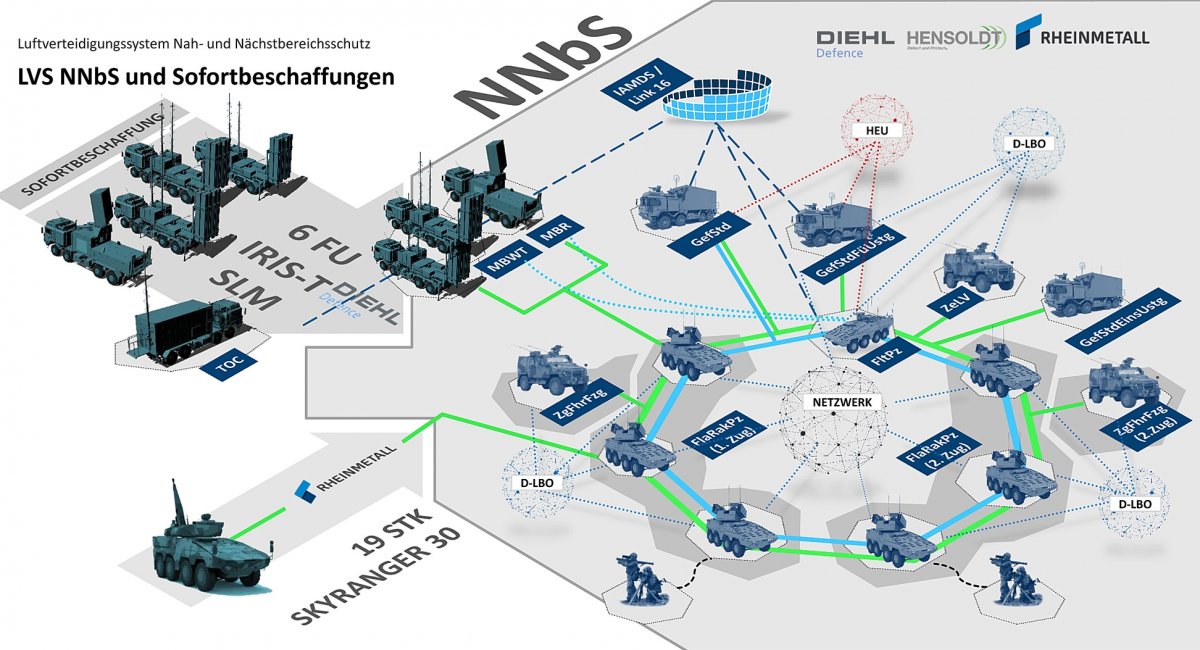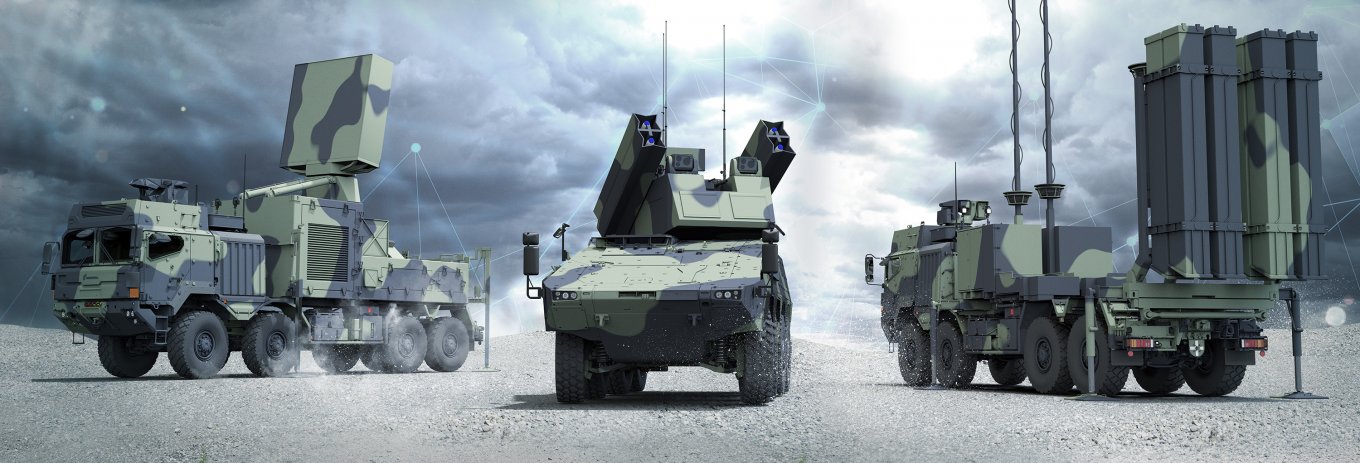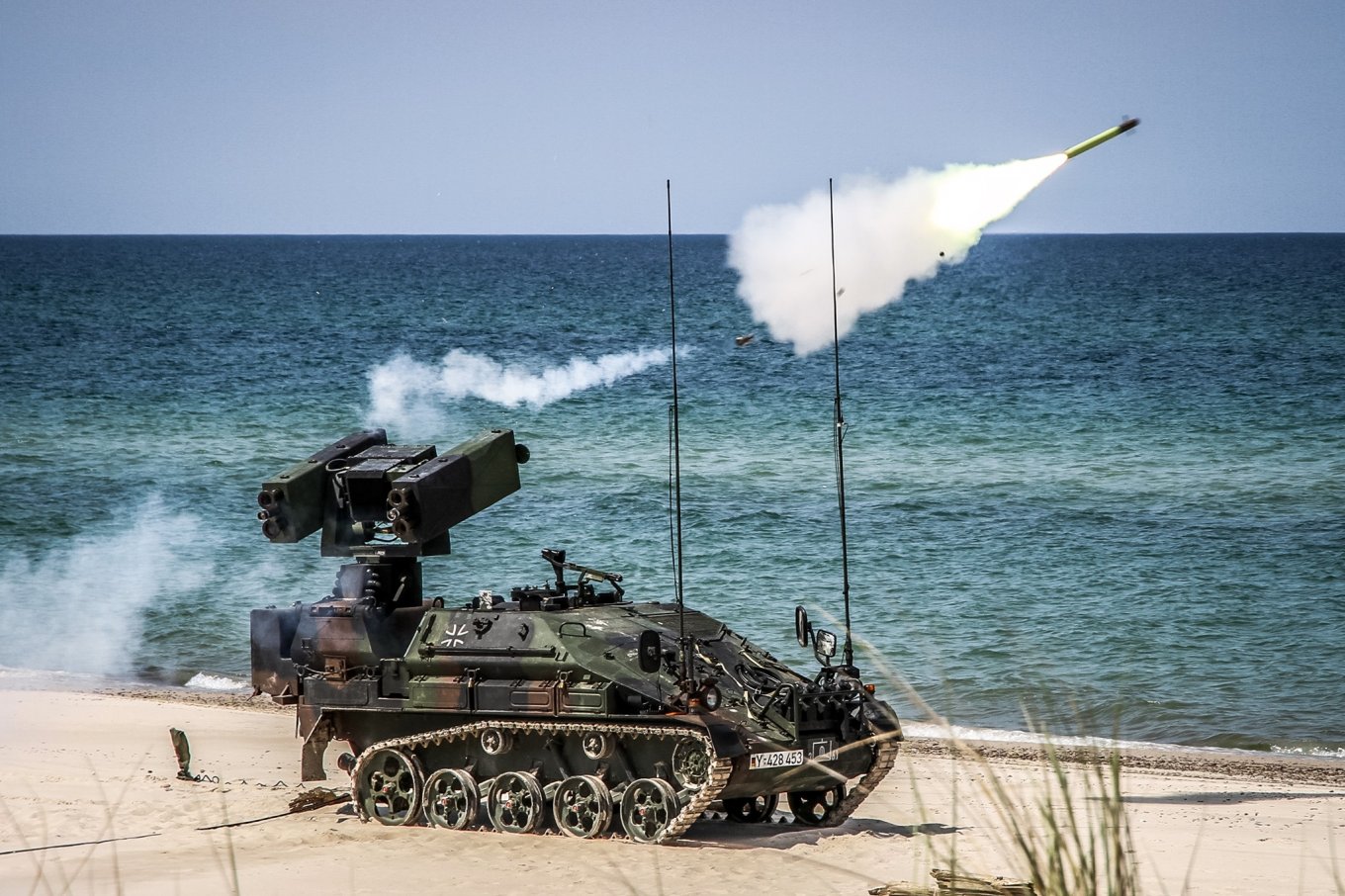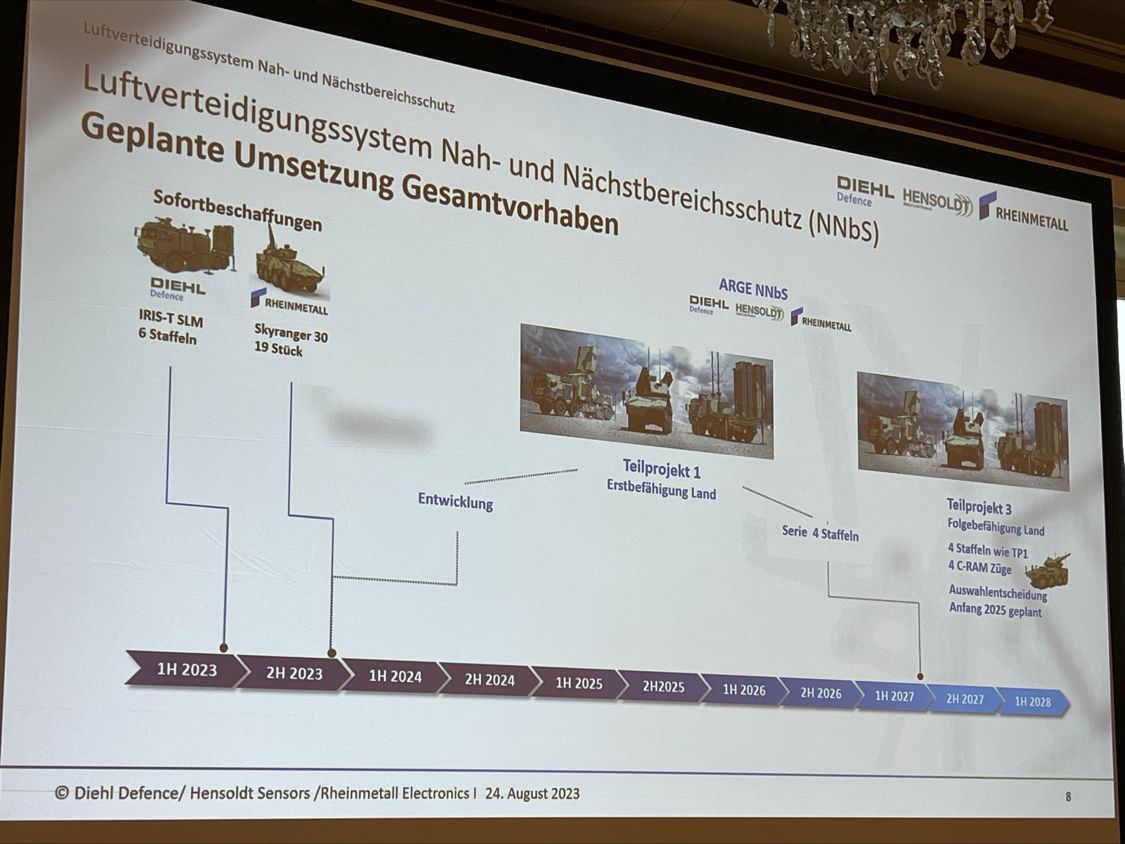
Germany is developing the latest air defense system for 1.23 billion euros
The project to create the Nah- and Nächstbereichsschutz air defense system, which is difficult to classify in the usual criteria, was approved despite a fivefold increase in the budget, but this is the price for the strategic mistake of 2005, when all MIM-23 Hawk, Gepard and Roland were cut without replacement.
The development of a new air defense system Nah- und Nächstbereichsschutz (“Close and Direct Area Defense”, hereinafter simply referred to as NNbS) has been approved by the Budget Committee of the German Parliament. This happened despite a significant increase in the cost of the development, which was promised to be created in 2020 for 240.6 million euros, and now it costs 1.23 billion euros.
This is the amount of money and the period until 2028 allocated for the creation of the first pre-production model. At the same time, the system itself consists of already developed components, although it has certain signs of gigantomania. But in fact, it is a modern approach to creating an air defense system that is no longer tied to a clear structure of complexes thanks to digital technologies.

The creation of the system itself is connected with a huge gap in Germany’s air defense system after the withdrawal of Gepard self-propelled systems and Roland SAMs in 2005, which were supposed to protect ground forces from air attacks. Also, the Bundeswehr does not have a medium-range air defense system, because in the same year 2005, the MIM-23 Hawk was discontinued without its replacement.
And all the Bundeswehr has left of the ground-based air defense component is the Patriot and Ozelot (LeFlaSys) with missiles from the Stinger, which, at the stage of adoption in 2001, only partially met the requirements of the time due to its short range. That is, UAH 1.23 billion is the price that results from the decision to cut entire components of the air defense system without replacement.

Thus, NNbS is a much more complex system that is intended to replace MIM-23 Hawk, Gepard, and Roland at the same time. That is why it consists of IRIS-T IRIS-M anti-aircraft missile systems, TRML-4D radar, anti-aircraft versions of Boxer wheeled combat vehicles that can receive IRIS-T SLS launchers and Skynex artillery combat module, command and control vehicles, communications, etc.
At the same time, a prototype system that will allow us to evaluate the composition of NNbS will appear only in a few years, and only then will it be possible to return to this topic in more detail. At the same time, it may be even more complicated, because according to the slide from the presentation in August 2023, the deadlines were set shorter.

According to the preliminary plan, the first system could be ready in the period from 2024 to 2027, and four systems could be created by 2028. But now the final deadline for creating a prototype is 2028. This means that such systems will be deployed only in the early 2030s, at best. Of course, if the German defense industry does not turn on the afterburners. It is worth noting that the NNbS project involves the following main performers: Rheinmetall, Diehl and Hensoldt.
In the end, NNbS itself should really cover a whole range of tasks that goes beyond the usual classification of anti-aircraft missile systems. According to the known concepts, IRIS-T SLM is a medium-range air defense system with the ability to destroy aerodynamic targets at a range of up to 40 km, IRIS-T SLS is in the short range up to 10 km, and Skynex is in the short range up to 3 km. At the same time, the latter is more specialized in the anti-drone task, which it effectively solves with programmable explosive projectiles.
At the same time, the system’s bias toward installing most of the firing elements on the chassis of the Boxer wheeled armored vehicle directly indicates the system’s task of accompanying army formations and ensuring their protection during stops and marches, as well as escorting them directly in combat.

